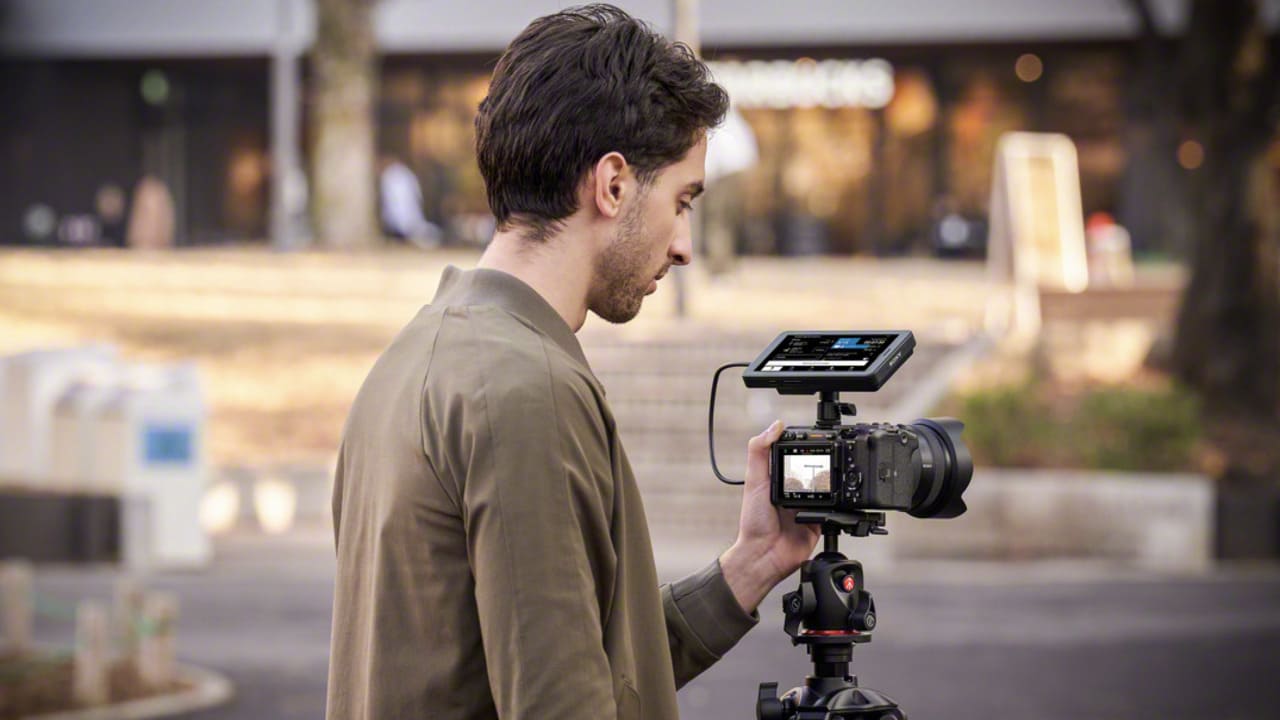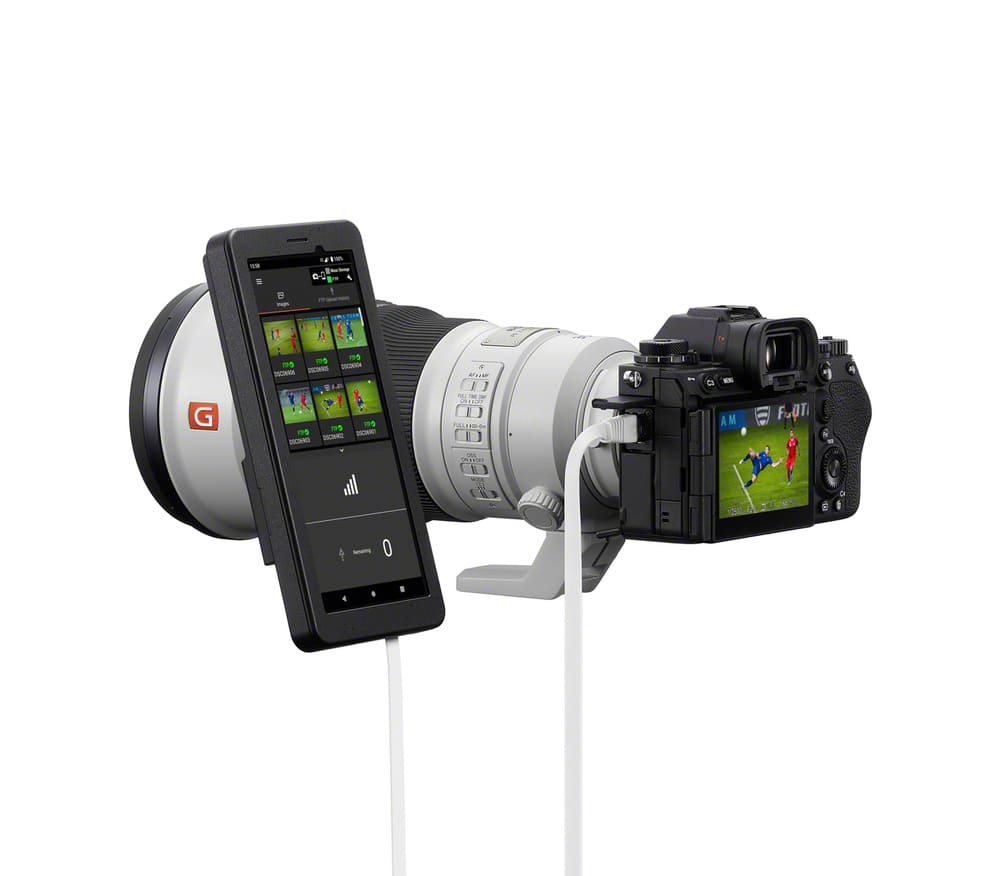
Sony announces the launch of a new dedicated portable data transmitteril PDT-FP1, which enables high-speed, low-latency transport of video and still image data over 5G networks. Connected to a camera, this wireless communication device will be used in situations where speed from image capture to delivery is required. Both for transmission and distribution. It will be used such as news or event photography and broadcast video production. It provides high-speed, low-latency and stable mobile data communication over 5G networks. In outdoor or indoor environments, where Wi-Fi is not available, enabling efficient and simple workflows.
Sony portable data transmitter: everything you need to know
For the data transfer, the device uses a unique antenna structure that supports a variety of national, international and autonomous 5G networks. It features a 6.1-inch OLED display and a cooling fan that ensures stable operation. It is also equipped with an HDMI input, a LAN port, a USB Type-C port. And again: a USB Type-C charging terminal and a hole for mounting on a camera.

Technical features
The applications of the PDT-FP1 are multiple, thanks to its powerful connectivity:
- Transfer and delivery of multimedia content when using the PDT-FP1 as a modem to transfer media content to any FTP destination. It can also be used with Sony Creators’ Cloud for Enterprise application to transfer media from compatible Sony cameras to the PDT-FP1, then upload it to Sony Cloud services such as Ci Media Cloud and C3 Portal using secure, robust and reliable transfer mechanisms . This frees the media from the camera and can be viewed and loaded while the camera is stored or in use.
- Live streaming from any connected camera via RTMP. For video distribution, the PDT-FP1 will enable direct streaming from a compatible camera to a YouTube channel via USB-based streaming and stable 5G wireless networks, freeing operators from constraints caused by filming or output locations.
- Network monitoring: The dedicated Network Visualiser application allows users to view network and communications conditions while filming, ensuring content is delivered to those who need to see it.














Leave a Reply
View Comments